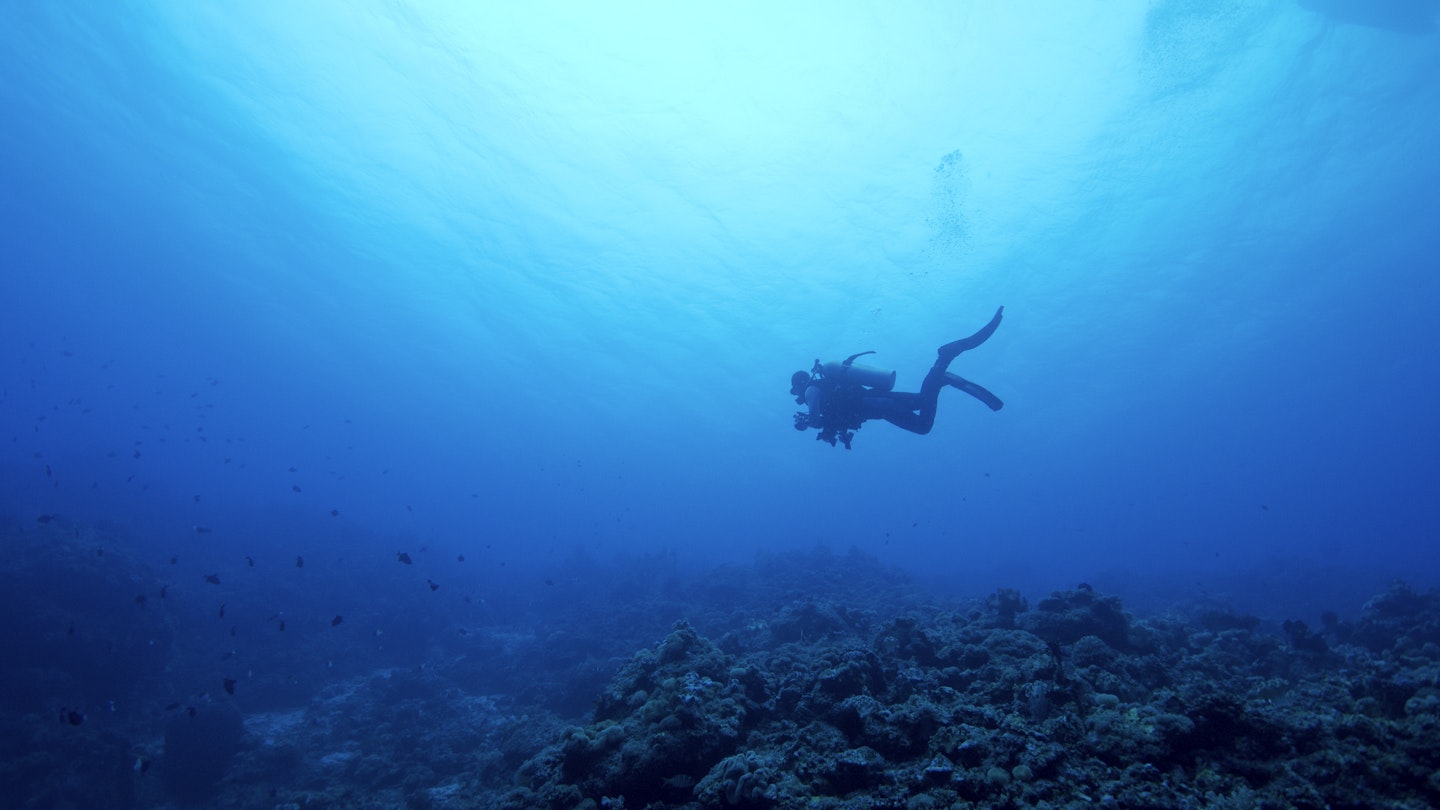Ancient Underwater Aboriginal Archaeological Sites Discovered
Archaeologists have discovered the world’s first underwater Aboriginal archaeological sites off the Pilbara coast in Western Australia.
This remarkable discovery represents Australia’s oldest known underwater archaeology and is poised to reveal more about the history of the island’s earliest inhabitants. These sites were found near the Burrup Peninsula, renowned for hosting Australia’s biggest collection of Aboriginal rock paintings, in what is currently referred to as Sea Country by many Indigenous Australians. The sites date back thousands of years, to a time when the present seabed was dry land.

“Australia is a massive continent, but few people realize that more than 30% of its land mass was submerged due to sea-level rise after the last ice age. This means a substantial amount of archaeological evidence documenting the lives of Aboriginal people is now underwater,” stated Associate Professor Jonathan Benjamin, who coordinates the Maritime Archaeology Program at Flinders University and is part of the research expedition.
“Now we finally have the first proof that at least some of this archaeological evidence survived the sea-level rise process,” he added. “This ancient coastal archaeology is not lost forever; we just haven’t discovered it yet. These new findings are a significant step toward exploring the last real frontier of Australian archaeology.”
A team of international researchers from the Deep History of Sea Country Project collaborated with the Murujuga Aboriginal Corporation to uncover evidence of early Aboriginal habitats at two underwater sites in the Dampier Archipelago. They discovered stone tools, including grinding stones, and mapped 269 artefacts at the first site at Cape Bruguieres, which is estimated to be at least 7000 years old. The second site at Flying Foam Passage features an underwater freshwater spring, estimated to be over 8500 years old.
“At one point, there would have been dry land stretching out 160 km from the current shoreline. That land would have been inhabited by generations of Aboriginal people. Our discovery demonstrates that underwater archaeological material has survived the sea-level rise, and although these sites are in relatively shallow waters, there are likely more discoveries yet to be made in deeper offshore areas,” commented Chelsea Wiseman from Flinders University, who has been contributing to the DHSC project as part of her PhD research.

Archaeologists are eager to explore more of these underwater sites and are advocating for the area to be protected to preserve the findings and support future research. This call is particularly important as companies like Woodside are planning expansions in the region. Further insights into the study of the ancient underwater sites at Cape Bruguieres and Flying Foam Passage can be found in the journal PLOS ONE.





